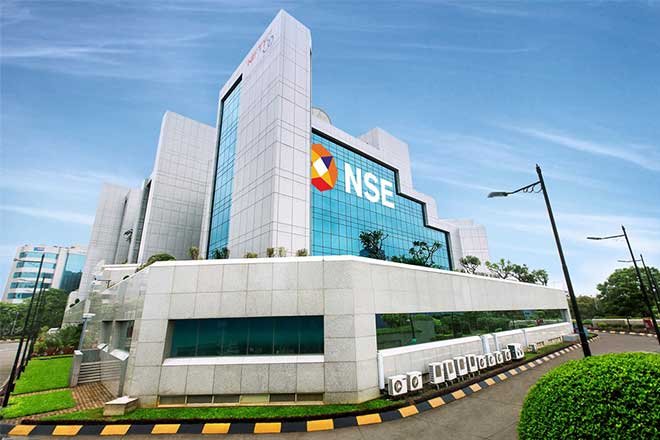An increasing number of individuals are looking at venturing into trading to supplement their income or establish an alternative revenue stream. However, it’s crucial to understand that opening a demat account serves as the initial step before entering the stock market.
What is a demat account?
Understanding what a demat account is serves as a fundamental prerequisite to grasping its functionality. The term ‘Demat’ stands for dematerialisation, a process wherein physical securities are transformed into electronic form. Through a demat account, traders can hold, transfer, and transact securities without the need for physical certificates. This transition has made trading a safer, faster, and more efficient method of managing securities and executing trades.
Demat accounts are primarily utilised for investing in shares and securities electronically, enhancing accessibility for account holders by eliminating the need for physical share certificates.
Since the inception of demat accounts, investors and traders have experienced significant benefits, including reduced clearing times, mitigation of fraud cases, decreased brokerage rates, and a notable surge in trading volume, particularly in the equity market.
How does a demat account work?
In India, demat accounts simplify share trading by holding shares in electronic form. They facilitate easy access to shares and securities, converting physical share certificates into electronic format. Opening a demat account incurs certain charges by stockbrokers for managing the account.
Similar to bank accounts, demat accounts require linkage with a trading account for optimal functionality. When you place a ‘buy’ order for a company’s shares via your trading platform, your depository participant forwards the order to the stock exchange. The exchange matches your order with a corresponding ‘sell’ request from another trader or investor. Once matched, the exchange sends the order to a clearance house, settling the trade. At the end of the trading day, the shares you bought are credited to your demat account, while the seller’s demat account is debited for the sold shares.
Key questions answered
Can one person open more than one demat account?
Yes. You can open more than one account with the same Depository Participant (DP). There is no restriction on the number of accounts you can open with a DP.
Is there a minimum balance in a demat account?
No. The depository has not prescribed any minimum balance. You can have zero balance in your demat account.
Is providing bank account details at the time of account opening mandatory?
It is obligatory to furnish bank account details during the opening of a demat account. These details are essential for communication with issuer companies or Registrars and Transfer Agents (RTAs) to ensure direct crediting of any payable amount to your bank account. This may include dividends, interest, maturity payments, or redemption amounts. Hence, it is advisable to provide accurate information regarding your active bank account in the account opening form.
What is in-person verification?
According to SEBI guidelines, verifying the identity of the applicant is a mandatory requirement during the account opening process. This verification is conducted by the staff of the Depository Participant by comparing the photograph affixed on the account opening form with the one seen on the PAN card of the individual seeking to open the account. In the case of joint account holders, ‘in-person verification’ is necessary for all holders.
At what frequency should I receive my demat account statement?
NSDL provides a consolidated account statement to you at monthly intervals (at quarterly intervals for BSDA holders) if there are transactions in the given month (quarter). In case there is no transaction in the account, or if the balance has become Nil during the year, the statement is sent annually to such clients.
What should I do if there is any discrepancy in my account statement?
In case of any discrepancy in the account statement, you must immediately contact your DP. If the discrepancy cannot be resolved at the DP level, you should approach NSDL.




